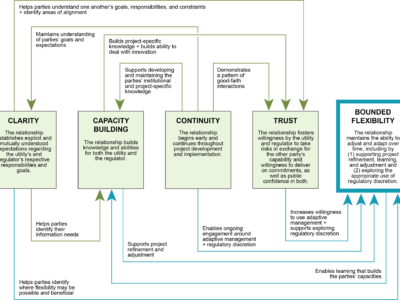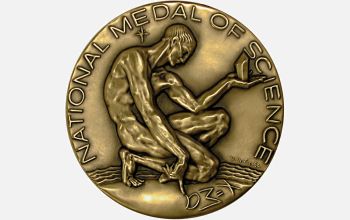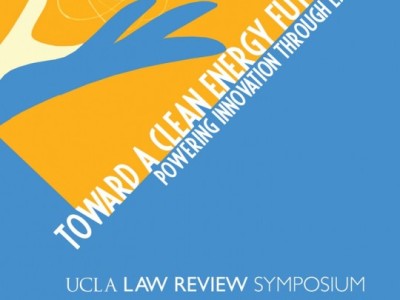innovation
How Trump’s War on Research Hurts the US Economy
The economic evidence confirms the huge benefits of government support for research.
One of the victims of the Trump Administration has been scientific research, notably including research on the environment, clean technologies, and even public wealth. The government’s own research capacity is under attack from agencies from EPA to NIH, grants to universities have been cancelled, and future funding from agencies like NIH and NSF is in peril. Yet the Administration has given little though about how this effects competitiveness in a high-tech world.
CONTINUE READINGBattery Technology and EVs Take Off: A Timeline
These interlinked technologies are crucial to the energy transition. Here’s their history.
To fight global warming, we need to largely eliminate the internal combustion engine as a form of transportation. We need battery technology for this and to store electricity, because wind and solar power are intermittent. These technologies didn’t appear out of thin air. Here’s the story of their rise
CONTINUE READINGCan we make a map for wastewater innovation?
…or even a guidebook?
During one phase of my misspent youth, I travelled by bicycle in search of adventure and insight. (Hang with me, this relates to environmental management, and I’ll get to that soon.) On one tour, I started in Vietnam, ending up in Pakistan a couple years later, having made some detours and added other means of …
Continue reading “Can we make a map for wastewater innovation?”
CONTINUE READINGA decade of unraveling the effects of regulation on water innovation
By Michael Kiparsky, with Dave Smith, Nell Green Nylen, Luke Sherman, Alida Cantor, Anita Milman, Felicia Marcus, David Sedlak, Bernhard Truffer, Christian Binz, Sasha Harris-Lovett, Jeff Lape, Justin Mattingly, Dave Owen, Lars Tummers, Buzz Thompson
In a recent post, my colleagues and I reported on our most recent research output in a long series of projects examining the effect of regulation on water innovation. The post describes a new framework for understanding and, ultimately, improving relationships between regulators and wastewater utility managers who are seeking to implement novel technical solutions, …
Continue reading “A decade of unraveling the effects of regulation on water innovation “
CONTINUE READINGThe role of regulatory relationships in wastewater innovation
by Nell Green Nylen, Michael Kiparsky, and Anita Milman
Public water and wastewater utilities are increasingly struggling to meet society’s expectations. Their basic infrastructure is aging, budgets are tight, and they face a barrage of stressors, from population growth to climate change and shifting regulatory expectations. What’s more, in addition to performing their traditional function of protecting human health and water quality, many wastewater …
Continue reading “The role of regulatory relationships in wastewater innovation”
CONTINUE READINGThat Takes the Prize!
National Science & Technology Medals for Renewable Energy Research
The White House announced the names of the scientists and engineers who will be receiving National Medals next year. I was very pleased to see that one of the winners of the National Medal of Science is Paul Alivisatos from Berkeley. Dr. Alivisatos is a chemistry professor who is also Director of the Lawrence Berkeley National Laboratory …
Continue reading “That Takes the Prize!”
CONTINUE READINGEnergy Innovation and the Law @ UCLA
A full-day UCLA Law Review symposium on Friday, November 1
The UCLA Law Review is holding a symposium next Friday, November 1 – Toward a Clean Energy Future: Powering Innovation Through Law. Leading scholars from around the country will be at UCLA School of Law for the day to discuss innovative energy technologies, international energy issues, the challenge of new energy technology diffusion, and the …
Continue reading “Energy Innovation and the Law @ UCLA”
CONTINUE READINGWill California’s Cap and Trade Program Stimulate Innovation?
Holly’s latest post about a new study showing that cap-and-trade programs have not led to technological innovation ends with a cautionary note that raises the key question about innovation and cap-and-trade programs to reduce greenhouse gas emissions: These results [showing no innovation] don’t mean that cap-and-trade has no role to play in policies directed at climate …
Continue reading “Will California’s Cap and Trade Program Stimulate Innovation?”
CONTINUE READINGOdds Are that Energy Technology Will Advance Faster Than Expected
In a post yesterday, I discussed a point that Sam Savage makes about climate change in his book, The Flaw of Averages. He makes another point that I think is very important: . . . if we continue developing sources of renewable energy at our current average rate, we may indeed be doomed. But we …
Continue reading “Odds Are that Energy Technology Will Advance Faster Than Expected”
CONTINUE READING








